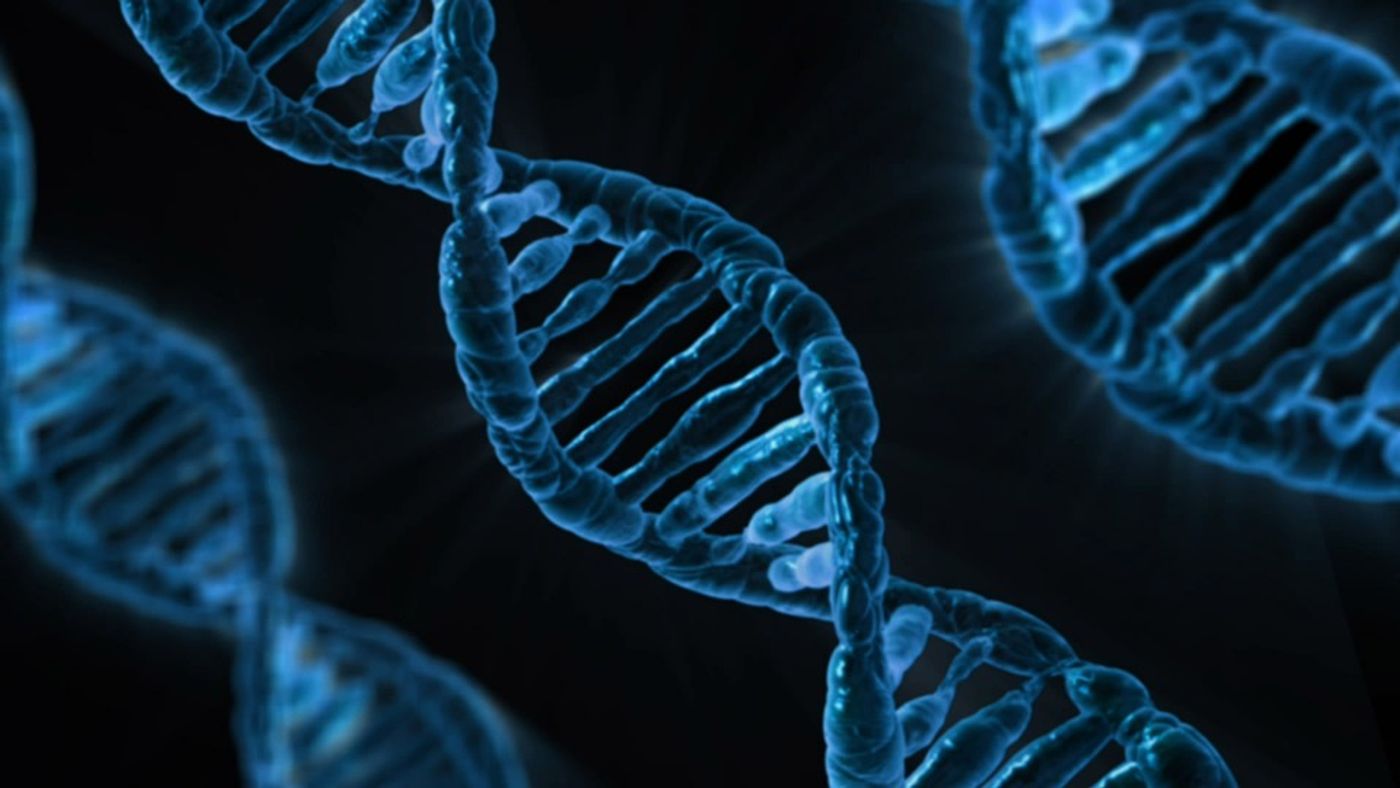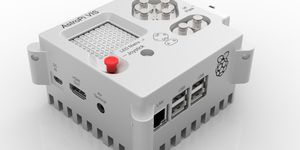Childhood brain cancers may fare better with proton beam therapy than conventional radiotherapies, say researchers from the Massachusetts General Hospital (MGH). Their latest study was recently published in
The Lancet Oncology.
Medulloblastoma is of the most common and deadly form of pediatric brain cancer. The malignant tumor cells rapidly grow out of control at the base of the brain, near the cerebellum. There, they aggressively metastasize through the cerebral spinal fluid to other locations on the brain and spine cord. Once the medulloblastoma spreads, the five-year survival rate drops to about 60%.
Though catching and treating the cancer early is generally considered a good thing, medulloblastoma treatments have so far been a double-edged sword for the pediatric patients. Once diagnosed, the children typically undergo surgeries for removal, followed by intense photon radiotherapy and chemotherapy. These treatments kill the cancer cells, but they also kill the healthy cells in the children’s fragile but rapidly growing brains. Patients often develop cognitive deficits along with other organ problems as a due to radiation exposure. As a result, earlier treatments are often associated with severe long-term side effects.
To reduce the collateral damages to healthy brain cells, researchers turned to proton therapy. Also known as proton beam therapy, the treatment uses the ionizing power of protons to damage the DNA of cancer cells, and thus kill them. X-rays do the same thing, but proton beams can do it in a more targeted fashion, reducing the amount of damage to healthy cells.
Led by Dr. Torunn Yock of MGH, the research team evaluated the outcome of proton therapy in children with medulloblastomas. All 59 patients had surgeries to remove the tumors, and then were subsequently treated with proton beam therapy. Patients also received chemotherapy in conjunction with the proton treatment. Researchers charted the patients’ response to the treatments over the course of 8 years.
Though they found that though proton therapy didn’t improve patient survival rates, the side effects were reduced. For example, at five years post treatment, 16% of patients displayed hearing loss, compared to the 25% reported in studies using conventional radiotherapy.
Other cognitive functions, such as verbal comprehension and processing speed, though affected, were not as deficient than that reported with photon therapy. Most significantly, the children who received proton therapy did not have any side effects in the heart, lungs, or intestines. These organs are commonly affected in traditional photon therapies.
The findings show that proton beam treatment is as effective as traditional methods, but is less toxic to the patients.
"I truly believe that - particularly for the youngest children - the ability to offer them proton therapy can make a big difference in their lives." – Dr. Yock, senior study author.
Additional sources:
MNT









